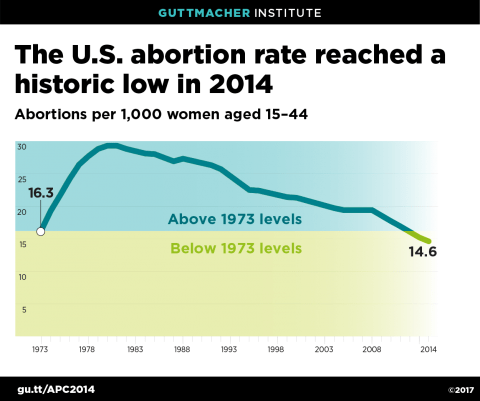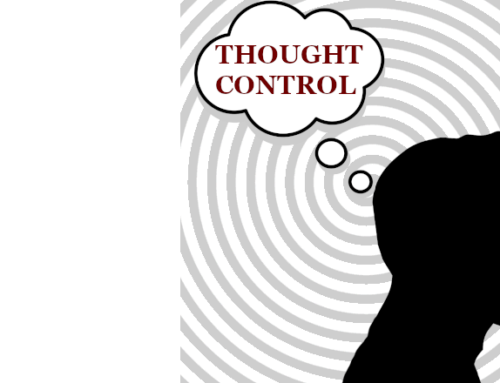Bill Donohue comments on new abortion data:
The Guttmacher Institute, a research firm that is squarely in the pro-abortion camp, has released a new study, “Abortion Incidence and Service Availability in the United States, 2014,” that is as interesting in its findings as it is in its interpretation of the data.
Its central finding is striking: The number of abortions has fallen to the lowest level since 1974, the year following Roe v. Wade.
“In 2014,” it concludes, “an estimated 926,200 abortions were performed in the United States, 12% fewer than in 2011; the 2014 abortion rate was 14.6 abortions per 1,000 women aged 15-44, representing a 14% decline over this period.” It also found that “The rates declined in almost all states.” Regionally, the decline was steepest in the West and the South.
The data on the Northeast are particularly interesting. Not only was the decline less impressive than in the West and the South, but it was the only region that had more clinics performing abortions. Moreover, New York and New Jersey were among the five states with the highest abortion rates in the nation.
The District of Columbia deserves special mention. Access to abortion spiked there, and none of the 50 states had a higher abortion rate—D.C. is number one. The victims of abortion were overwhelmingly African American. This raises the question: Why is access to abortion increasing in an area that is largely poor and black? This is not an accident.
“Abortion restrictions were associated with a decrease in the number of abortions and nonspecialized clinics [e.g. Planned Parenthood],” but the study cautions that there is no clear evidence that would allow for a cause and effect conclusion. That is true—fluctuations are evident—but it is also true that the data are suggestive of an association between restrictive abortion laws and a decline in abortion rates.
From a pro-life perspective, the historic decline in the number of abortions is encouraging. But what does it mean to the pro-abortion industry? The perspective of the report’s lead author, Rachel Jones, is telling. For her, a decline in abortion is not, per se, something to celebrate.
“If there are women in these highly restrictive states who want abortions but can’t get them because there aren’t any clinics that they can get to, and that’s why abortion’s going down, that’s not a good thing,” she says.
In other words, it is not the body count that matters, it’s whether states have passed more restrictive laws on abortion access. Jones says it would be a “good story” if the abortion decline were due to fewer women “having unintended pregnancies.”
Jones has gotten herself into another jam. She does not say why a decline in abortions—for any reason—would be good news. After all, if abortion does not result in the certain death of innocents, then what’s so great about having fewer of them?
The study says that some of the decline in unintended pregnancies is due to contraceptives, and it offers some evidence for that position. What it does not mention is the possibility that women are less sexually active these days. In fact, they are.
Last year, a study published in the Archives of Sexual Behavior considered data collected as part of the General Social Survey; it focused on the answers of 26,707 adults to questions regarding sex and relationships. It found that millennials are a whole lot less sexually active than their parents were at the same age. The authors of the study explained this finding by saying that today’s young people are a “very risk-averse generation.”
Yes, fear of sexually transmitted diseases, as the researchers concluded, is real. But it is also true that young people today are much more likely to know that abortion results in sudden death. This is not due to sex ed. The credit goes to technology: Pictures don’t lie, and the pictures of life in the womb offer the most devastating evidence that life begins at conception.
The abortion industry is in trouble. It is losing money, and it is losing the support of youth. Look for brighter days ahead.








